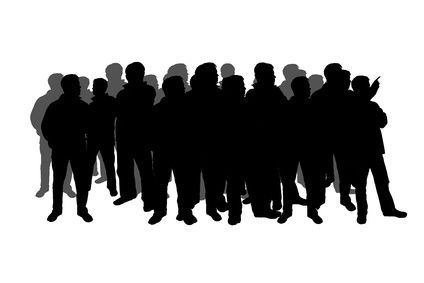Goods Market and Factors Market
Goods/product/commodity markets:
Markets used to exchange final good or service. Product markets exchange consumer goods purchased by the household sector, capital investment goods purchased by the business sector, and goods purchased by government and foreign sectors.
A product market, however, does NOT include the exchange of raw materials, scarce resources, factors of production, or any type of intermediate goods. The total value of goods exchanged in product markets each year is measured by gross domestic product.
The demand side of product markets includes consumption expenditures, investment expenditures, government purchases, and net exports. The supply side of product markets is production of the business sector.
Factors markets:

Markets used to exchange the services of a factor of production: labor, capital, land, and entrepreneurship. Factor markets, also termed resource markets, exchange the services of factors, NOT the factors themselves. For example, the labor services of workers are exchanged through factor markets NOT the actual workers.
Buying and selling the actual workers are not only slavery (which is illegal) it’s also the type of exchange that would take place through product markets, not factor markets. More realistically, capital and land are two resources and are legally exchanged through product markets. The services of these resources, however, are exchanged through factor markets.
The value of the services exchanged through factor markets each year is measured as national income. Assumption is a belief or feeling that something is true or that something will happen, although there is no proof.
Economists make frequent use of assumptions in putting forward their theories. Perfect competition refers to a situation in which no firm or consumer is big enough to affect the market price. virtual university



